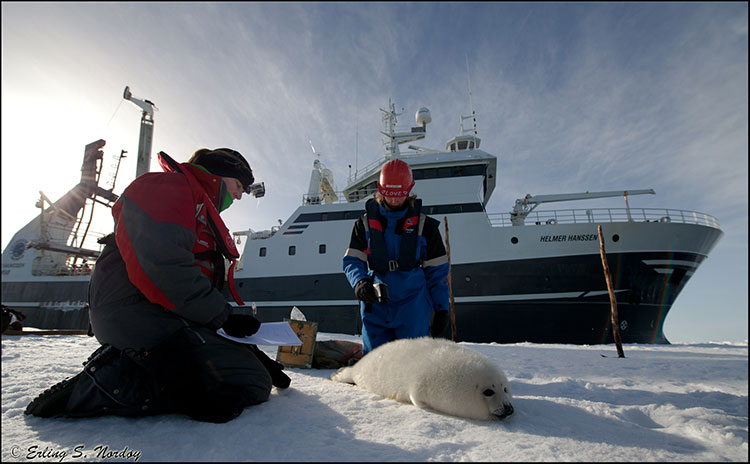Clocks, hypoxia and metabolism
Circadian control of metabolic physiology and behaviour is a ubiquitous characteristic across taxa. In eukaryotes, circadian control derives from a cell-autonomous molecular oscillator, assembled from a regulatory network of transcription factors, co-factors, (co-) regulators, chromatin modifiers and an array of post-translational regulators of protein function, often
described collectively as ‘clock genes’. Clock gene oscillations coordinate the transcription of multiple genes to exert effects on global cell metabolism.
Hypoxia is defined as a state of oxygen (O2) deficiency in which the O2 delivery to a certain tissue does not meet the regular metabolic needs of that tissue. The hypoxia signalling pathway and the circadian clock have been shown to interact to regulate mitochondrial metabolism and the clock plays an important role in protecting cells and tissue from hypoxia-related disease, like myocardial infarct. Therefore, the interaction between hypoxia and clocks and the role in tissue protection and metabolic regulation are key areas of interest. In order to investigate the link between clocks and hypoxia we take advantage of two extreme examples of metabolic depression and hypoxia tolerance: Diving and hibernation.
 Diving mammals experience hypoxic events on regular basis and have evolved several adaptations including enhanced O2 storing and carrying capacity, and strict O2 economy by way of cardiovascular adjustments (bradycardia and peripheral vasoconstriction) and hypometabolism. However, deep-diving mammals still suffer severe hypoxemia as they dive, implying that these mammals have also evolved efficient mechanisms to tolerate severe cellular hypoxia. We aim to investigate the link between the circadian clock, mitochondrial metabolism and hypoxia in the hooded seal. Our hypothesis is that flexibility in the circadian clockwork allows seals to respond effectively to hypoxia and that there may be daily regulation of hypoxia tolerance in order to anticipate metabolic demands. We are also specifically interested in the brains tolerance to hypoxia during diving.
Diving mammals experience hypoxic events on regular basis and have evolved several adaptations including enhanced O2 storing and carrying capacity, and strict O2 economy by way of cardiovascular adjustments (bradycardia and peripheral vasoconstriction) and hypometabolism. However, deep-diving mammals still suffer severe hypoxemia as they dive, implying that these mammals have also evolved efficient mechanisms to tolerate severe cellular hypoxia. We aim to investigate the link between the circadian clock, mitochondrial metabolism and hypoxia in the hooded seal. Our hypothesis is that flexibility in the circadian clockwork allows seals to respond effectively to hypoxia and that there may be daily regulation of hypoxia tolerance in order to anticipate metabolic demands. We are also specifically interested in the brains tolerance to hypoxia during diving.Hibernation is a physiological and behavioural adaptation that permits survival during periods of reduced food availability and low environmental temperatures by reducing energy expenditure. During the hibernation season, energy savings are greatest when animals are in a state of ‘torpor’ (metabolic rate can be as low as 1-2% of basal metabolic rate), and body temperature (Tb) falls to only a few degrees above ambient. In most hibernating species, this torpid state is not maintained continuously but is organised into multiday torpor bouts interspersed with briefer periods of ‘spontaneous arousal’ when metabolic rate and Tb rise to euthermic levels. These torpor bouts are characterised by hypoxia and the arousal events show extreme tolerance to re-perfusion/oxygenation injury. Therefore, hibernation sits as an interesting comparitor to diving physiology.
Members:
Financial/grant information:
Tromsø forskningsstiftelse awarded to SHW. UiT PhD studentship awarded to LF.